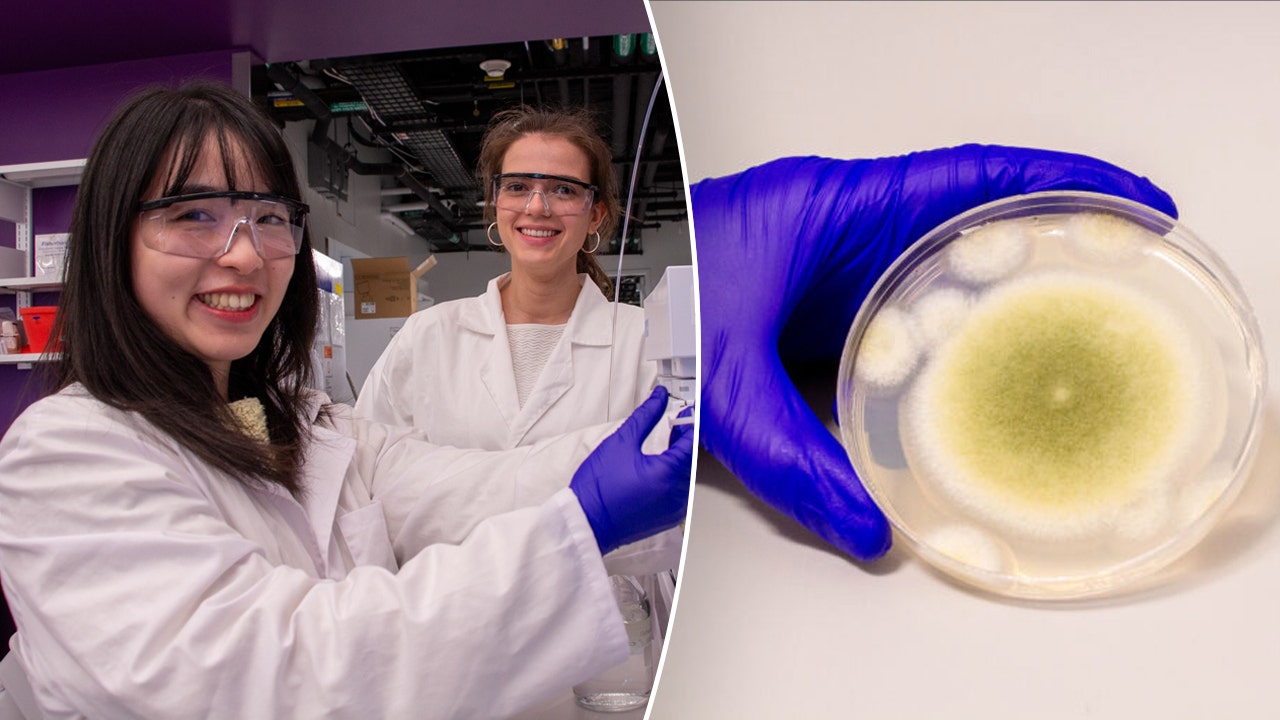Ancient ‘pharaoh’s Curse’ could one day treat leukemia, research suggests

A groundbreaking study conducted by scientists at the University of Pennsylvania has revealed the potential of a deadly fungus known as “pharaoh’s curse fungus” in fighting cancer. The researchers modified molecules from the fungus, officially called Aspergillus flavus, to create a new compound with enhanced cancer-killing properties. The findings were published in the prestigious journal Nature Chemical Biology.
Dr. Xue (Sherry) Gao, an associate professor at UPenn and leader of the study, highlighted the significance of fungi in medicine, stating that “Fungi gave us penicillin” and emphasizing the untapped potential of natural products in developing new medicines. Aspergillus flavus is commonly found in decaying leaves, compost, trees, plants, and crops, posing a risk to individuals with weakened immune systems or certain medications.
The history of the “curse” associated with the fungus dates back to the discovery of King Tut’s tomb in the 1920s when multiple members of the excavation team died suddenly, sparking rumors of a curse. Decades later, a similar incident occurred in Poland when scientists entered a tomb and 10 of them died within weeks, with subsequent investigations revealing the presence of Aspergillus flavus. These events led to the belief that the fungus could be dangerous and potentially lethal.
Despite its deadly reputation, the same fungus linked to the curse of King Tut’s tomb is now being explored for its cancer-fighting potential. The study focused on identifying a specific type of compound, known as ribosomally synthesized and post-translationally modified peptides (RiPPs), within Aspergillus flavus. These compounds have shown promising effects in inhibiting the growth of cancer cells by blocking the formation of microtubules essential for cell division.
In laboratory tests, two variants of the molecules derived from RiPPs demonstrated potent effects against leukemia cells, with one variant performing as well as FDA-approved drugs used to treat leukemia. However, medical oncologist Tiffany Troso-Sandoval cautioned that the study is still in its early stages and further research is needed to determine the efficacy of the compound in treating different subtypes of leukemia.
While the compound showed limited effects on breast, liver, and lung cancer cells, the researchers are optimistic about its potential in developing new cancer therapies. Future studies will focus on testing the fungus in animal models and eventually human trials to evaluate its safety and effectiveness. Dr. Gao expressed excitement about the possibilities of harnessing nature’s creations to benefit society.
The study received support from various organizations, including the National Institutes of Health, the University of Pennsylvania, the Welch Foundation, and the National Science Foundation. For more health-related articles and updates, visit www.foxnews.com/health.




